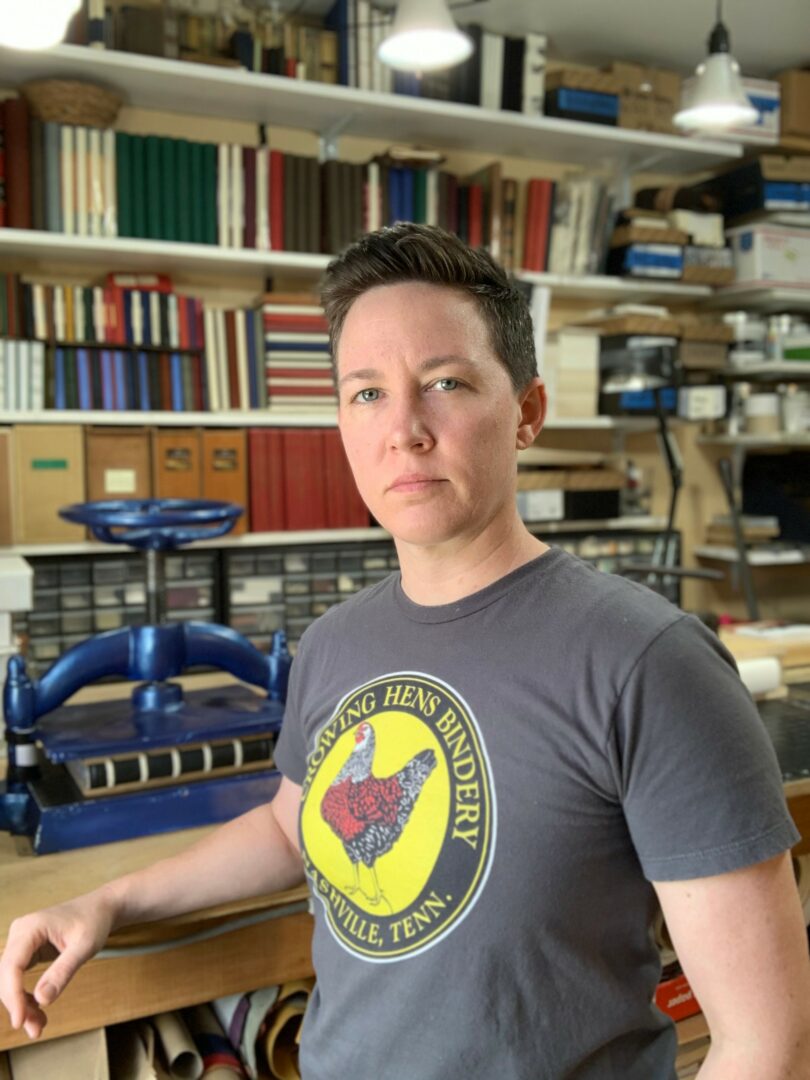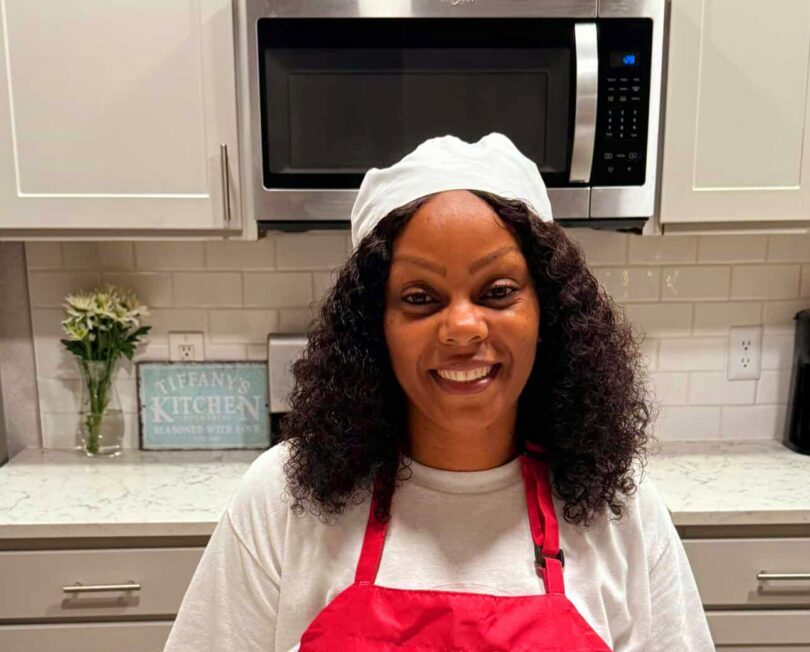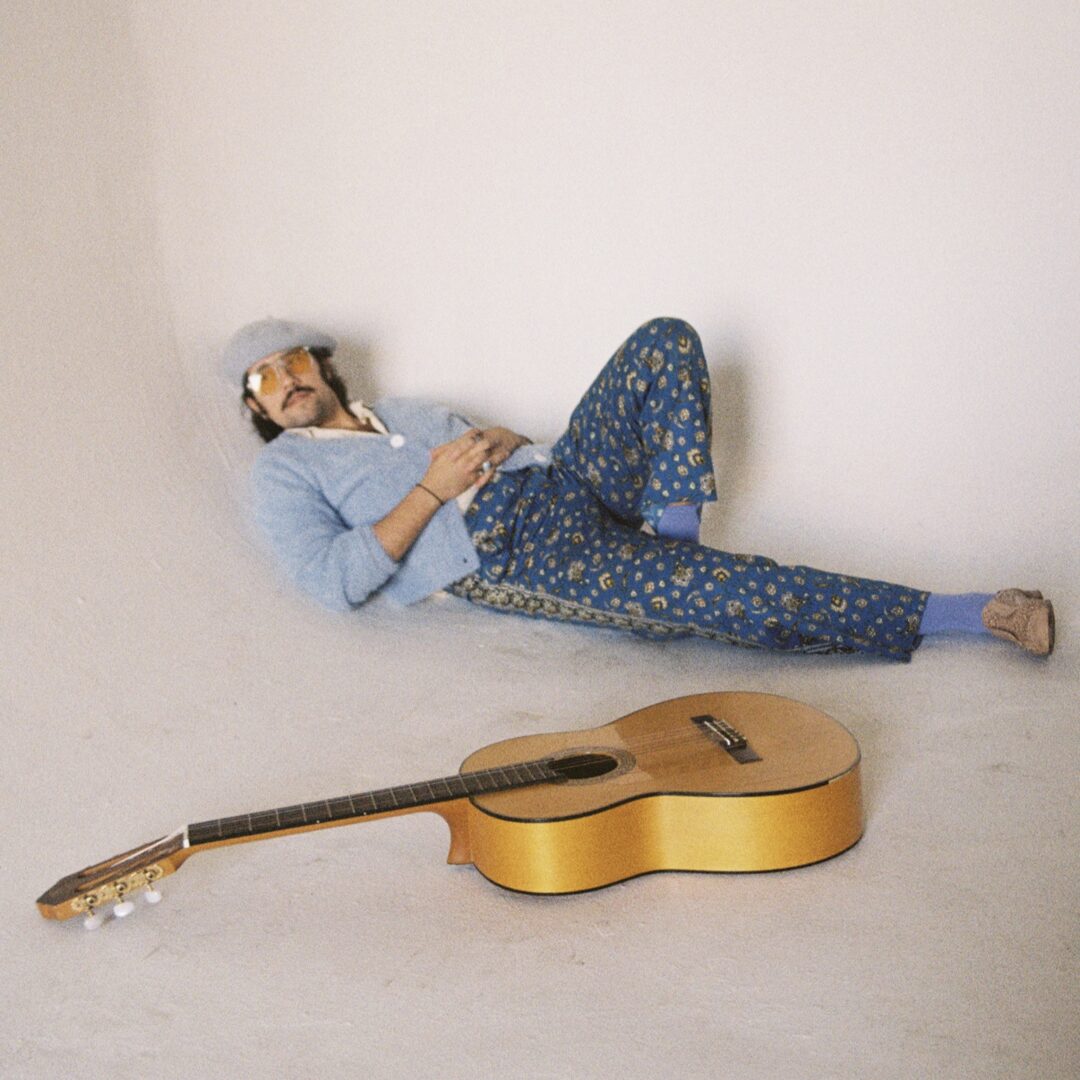We were lucky to catch up with Mary Sullivan recently and have shared our conversation below.
Mary, we’re thrilled to have you sharing your thoughts and lessons with our community. So, for folks who are at a stage in their life or career where they are trying to be more resilient, can you share where you get your resilience from?
When I think of all of the decisions I’ve made and hard work I’ve put into my education, my business, and my craft I have to credit my family for their support, because without them none of this would be possible. My family was borne of strong willed people who made it possible for me and my family to thrive. While it is true that Crowing Hens Bindery is a one-person business, my Mom, my sister, and by twin brother have all rallied around me to put me in a position to excel in my studies, my trade, and my life.
As you can imagine, pursuing several degrees in art and fine craft is not typically an easy pathway to a content, comfortable lifestyle, especially in our economy and culture that lauds capitalistic, cutthroat individualism. The American Dream has always been a fairytale recipe of hard work and hope that will lead to success. Put in the work, stay consistent, reap the rewards. There are likely a few people who are self made, but my success has always been driven by family, friends, and community. And from their unwavering support, that is where I find my resilience.
Building a business is more than monetizing a passion. It requires innovation, discipline, humility, and knowing when to ask for support. I am grateful knowing that I can count on the support network of my family, friends, and colleagues to grow a business that brings me joy and keeps me inspired to continue to improve my skills, diversify, and strengthen my resolve in pursuing my craft with my whole being. Resilience can’t happen in a vacuum. Mine started with the love and support of my family. And the person who has been the guiding light throughout my life, the person who has kept me safe, supported, and healthy enough to pursue this dream is my Mom.
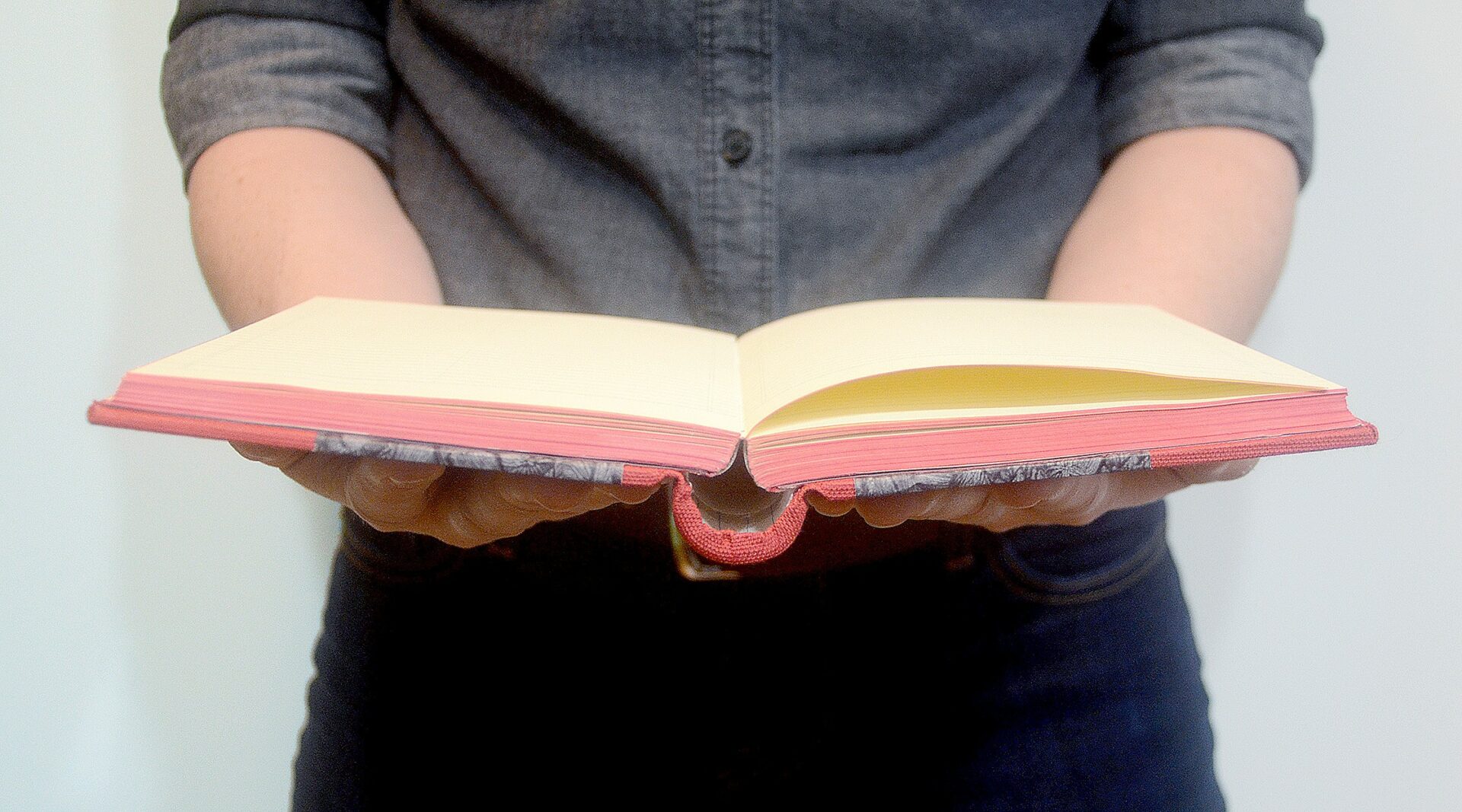
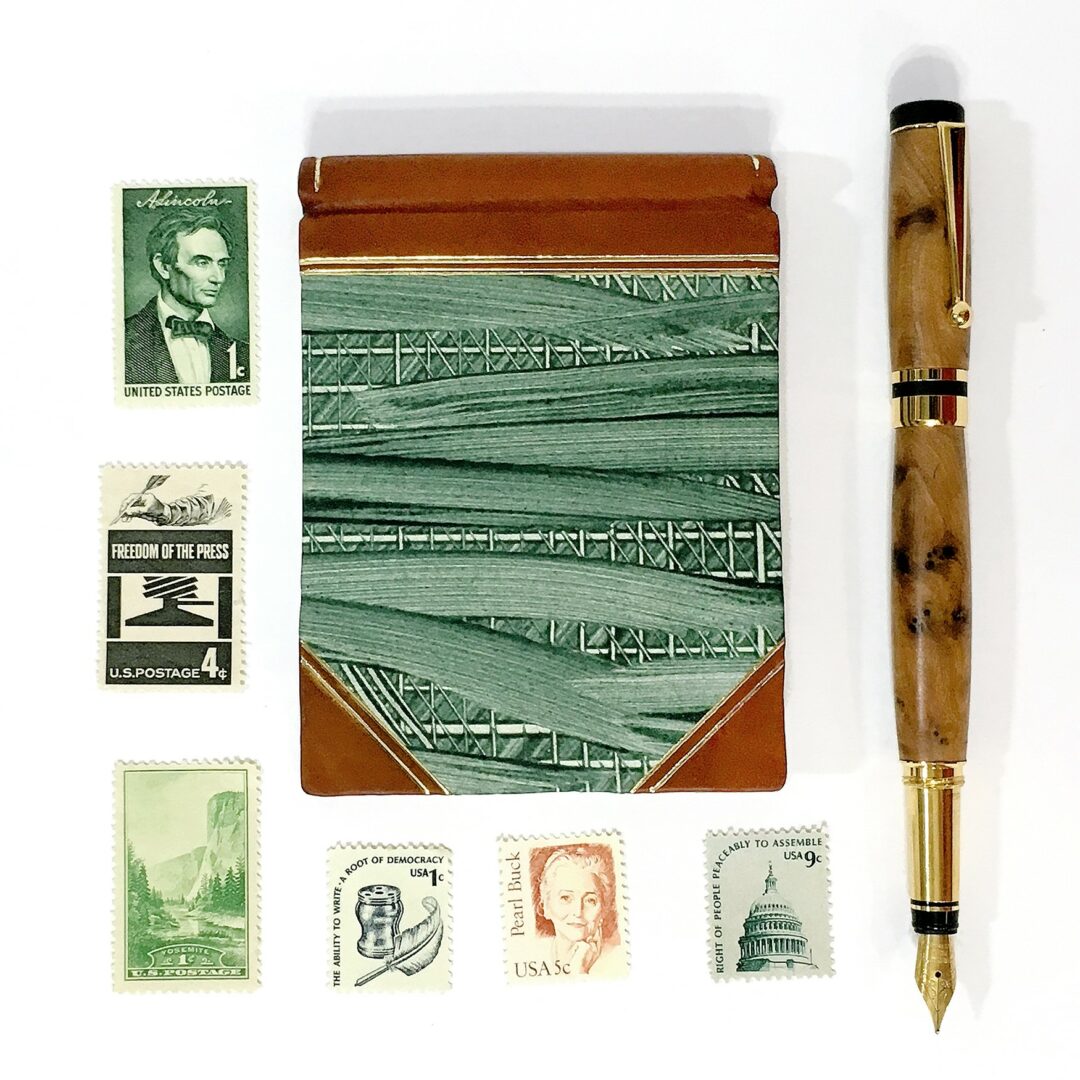
Great, so let’s take a few minutes and cover your story. What should folks know about you and what you do?
I grew up in Nashville, Tennessee and was one of those children who always seemed to be making something. After completing my BA in Fine Art from Maryville College I worked as a designer and printer at the legendary Hatch Show Print, one of the country’s oldest continually operating letterpress poster shops in Nashville, TN. Through the course of five years I labored at the presses using the historic wood type archive, absorbing the history, materials, and tools of the trade alongside my fellow hired ink-slingers and interns, one of whom introduced me to the art of bookbinding.
This, combined with my experience as a job printer, custom designer, printmaker, and retail experience led me to apply to the University of Iowa’s Center for Book Arts MFA program to immerse myself in book history, fine printing, historic bookbinding, and skill development that would nurture aspirations of a life as a self employed artist.
When I was learning to bind books, I was drawn to the styles of binding that were designed for people to write in. These bindings, such as journals, notebooks, ledgers, sketchbooks, and diaries had already been tested by time, many of them lasting for centuries. The stark contrast between these centuries old books and the sorry state of the machine-made, mass produced journals of my youth made me realize that books didn’t have to be ephemeral, that books could stand up to daily use, and last a lifetime. If made well with quality materials and skillful training, these vessels of information could be designed to protect the thoughts, hopes, and dreams of those who would choose to live with my books.
My greatest inspiration is driven, oddly enough, by books that fall apart. By collecting, studying, and reverse engineering these books I am better able to understand how they are made, how they fail, and how to make improvements to those structures to make them more resilient. My particular interest is in stationery (blank) bindings of the 19th and 20th centuries prior to and at the height of the Industrial Revolution. This period of time was marked by an unprecedented rise in technological advancements that made manufacturing more efficient and craftspeople more and more obsolete, often times at the expense of quality and the demise of many skilled hand trades.
Despite technological advancements at the time craftspeople of this period were in a constant tug-of-war between quality and production, the former declining as the later intensified. As is often the case, the greater the demand is of any skillfully made object, the maker runs a greater risk of compromising the quality of their work in order to compete in the market. My goal is to always keep this balance in perspective and making sure that the soundness of my work and my integrity is not diminished by my means of production. With this in mind, I am constantly studying old exemplars and learning more about how to make the next book even better.
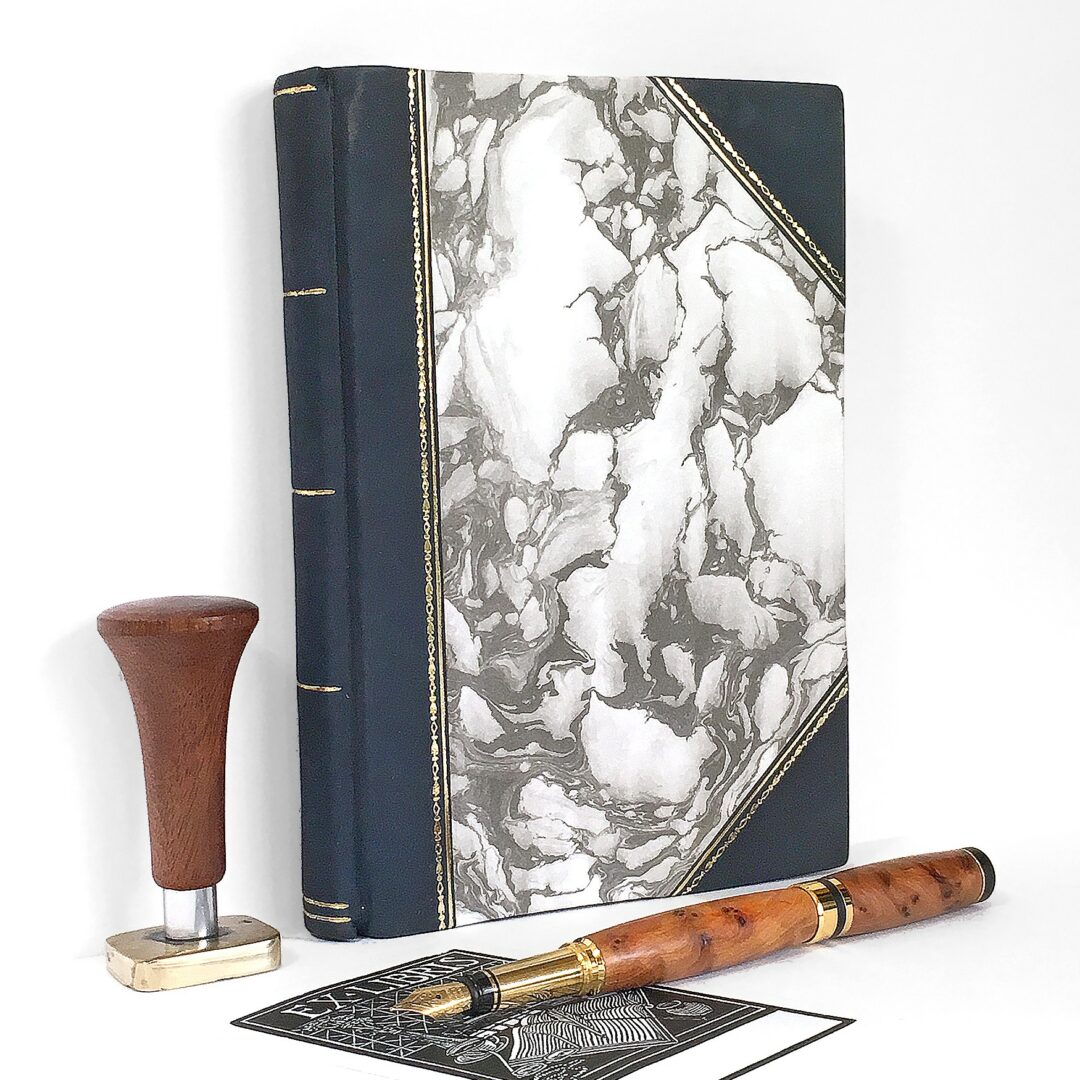
There is so much advice out there about all the different skills and qualities folks need to develop in order to succeed in today’s highly competitive environment and often it can feel overwhelming. So, if we had to break it down to just the three that matter most, which three skills or qualities would you focus on?
Curiosity, flexibility, and humility have been consistent themes throughout the process of building my business. As a lifelong learner and collector of skills and trades, I’ve found that even obscure interests can enhance my understanding of my trade. When I started my business I wanted to cultivate an environment that would always keep me engaged and learning. At the very beginning I knew that in order to thrive and avoid burnout, I needed to make sure that I had a variety of skills to draw from to provide variety in my work.
While I learn new things every time I make a new book, I also prioritize learning from other skilled craftspeople both in and apart from my profession. I take workshops from other bookbinders and book artists that directly enhance and challenge my own understanding of how I approach bookbinding as a skilled trade. By understanding that there is no one right way to make a thing (subtext, my way isn’t the only way) I can gain an appreciation for the way other people approach their work and keep myself open to accepting criticism, improve on my own work, and grow my theoretical understanding of how many different ways a thing can be made well.
I also make a concerted effort to learn from professionals whose trades may have little or nothing in common with bookbinding and printmaking. What does bladesmithing have to do with bookbinding? I get to learn about materials, tools, and methodologies of making that can enhance how I approach benchwork in the bindery. I can gain a different understanding of the dance between a craftsman, her materials, and her tools to maintain consistency. What does pottery have to do with making books? Very little. But it does provide me an outlet to research trades that coexisted with stationery binding and make items like inkwells, that feed my love for books and writing. I also appreciate the challenges of learning to relinquish a degree of control and certitude while working with more fluid materials like clay and hot metal. Papermaking, printmaking, leather tanning, flax cultivation, spinning, and weaving, lacemaking, woodworking, origami, painting, drawing, toolmaking; all of these tendrils of curiosity have all contributed in one way or another to enhancing my own craft, my understanding of materials, and my respect for other crafts skill and proficiency.
My best advice for people who are early in their journey of growing a business is to take off your blinders, check your ego, and reject the idea that another person’s success is a threat to yours. Stay curious, be flexible, and be humble.
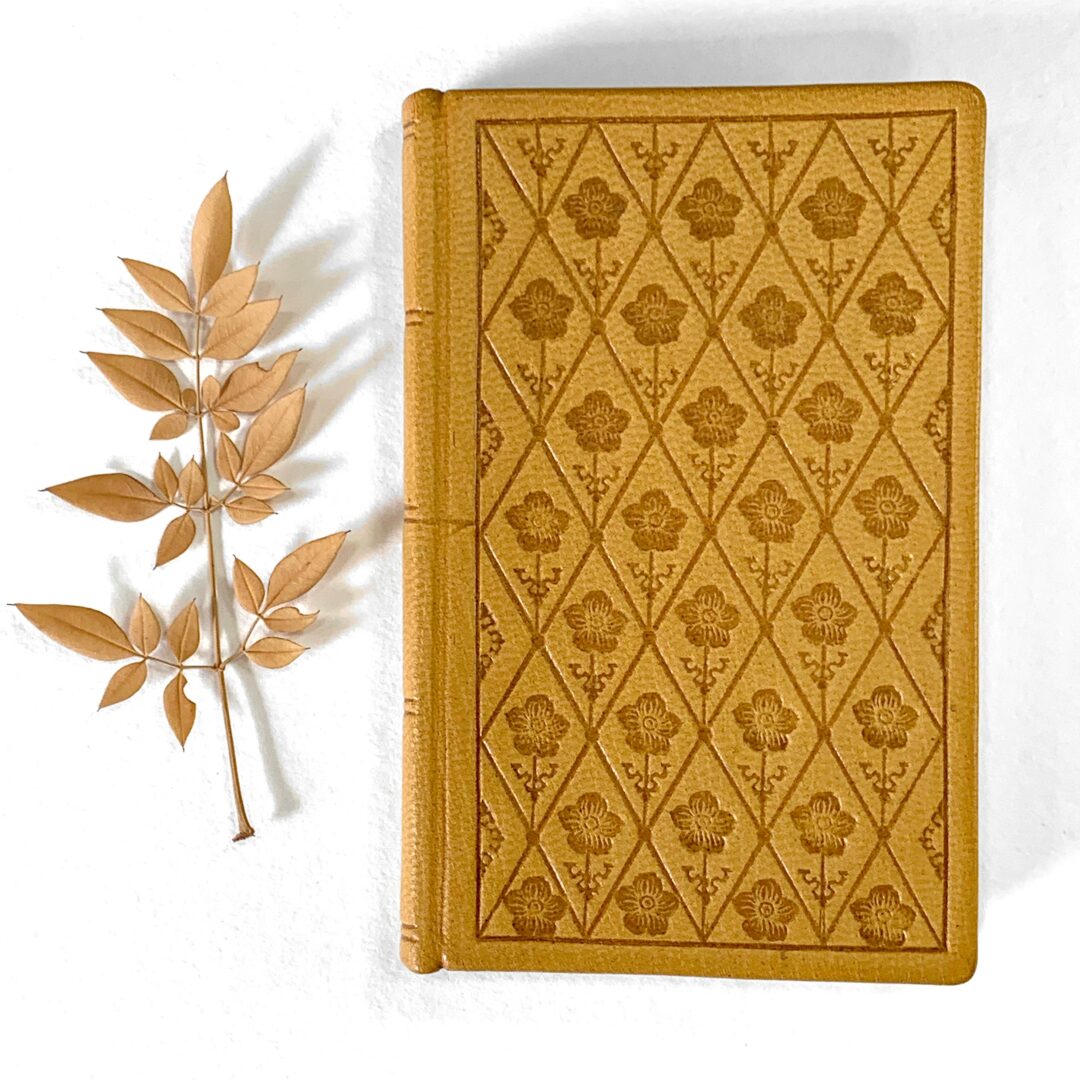
Is there a particular challenge you are currently facing?
I started my business in 2014, the year I successfully defended my MFA thesis and earned my degree from the University of Iowa Center for the Book. Having no first hand experience or knowledge of how to start and grow a successful business, every part of the process has been me learning by trial and error. As you can imagine, there are very few business models of fine hand crafted businesses that can compete with automated publishing conglomerates, sweat labor, and big box stores. My initial goals were to design, create, and build an inventory of goods, establish an online presence, and create a healthy relationship with my work and my bindery, and my wellbeing. As it turns out, these goals would continue to challenge me more than a decade later.
There is a lot that goes into establishing and maintaining a business that is predicated on manufacturing and selling goods in a trade that most consider an obsolete and dead or dying art. While I myself and my interest in my work are very much alive and thriving, the atmosphere of grind culture and the constant maintenance required to carefully curate an online presence has become an exhausting battle between authenticity, boredom, and burnout.
I would challenge any artist not to feel slighted by shoppers balking at price tags that reflect a genuine desire to make a thoughtful, well made, and beautiful functional object. When I participated at craft fairs and trade shows I quickly lost count of the number of times well meaning people would ask me how long it takes to make a book in an effort to understand the cost. I can say from personal experience how thrilling it is to be able to connect with a customer and make a sale. This can quickly be soured by the realization that underpricing work in order to make that sale undermines the effort and value of the work itself.
Whether you are selling a service or tangible goods, the common denominator is time, expertise, and skill; none of which can be undervalued if you want to maintain integrity. It is tempting to see all of the other examples of work that compare to your own and try to cast a broad net to reel in as many customers as possible. The risk of chasing after the number of customers or the number of individual sales can quickly overshadow the objective of slow, deliberate, meaningful work and making genuine connections with people who share that appreciation.
Try as I may, I have come to the realization that I am not a robot. I cannot compete with automated machinery and ephemeral goods that the general public encounters on a daily basis. I have tried to meet a demand for affordable stationery items by working long hours well into the night for days on end. I’ve tried to mimic the online presence and marketing tactics of other businesses to the point that my own voice became lost in an attempt to draw interest like a carnival barker. I have experienced burnout, imposter syndrome, self doubt, reinvention, and just about every stage of grief that comes with the inability to quickly realize the dream of a self-sustaining and profitable business in an unrealistic and impractical ten-step timeline. These setbacks, are compounded by needing to hold down multiple jobs to make ends meet, surviving a global pandemic, experiencing injury and illness all in a world that consistently values profit over people, divisiveness over community, bigotry instead of compassion, and the general concept of being a responsible, well adjusted, healthy member of a society where you don’t always feel safe or accepted. Despite all of this, my love for my craft and my passion for making and learning has not diminished one bit.
My primary tools are my body, my mind, and the decades of knowledge that have trained me to generate beautiful works of functional art. I sometimes forget that the effectiveness of these variables is directly correlated to being able to maintain a healthy work/life balance. I imagine that this will be a goal that I will chase for the rest of my life as I pursue this line of work. My hope is that I can learn to be kinder to myself and approach the process as less of that of a rat race and more like a present, appreciative walk in the woods.
Contact Info:
- Website: https://crowinghensbindery.com
- Instagram: @crowinghensbindery
- Facebook: @crowinghensbindery
- Twitter: @crowinghensbindery
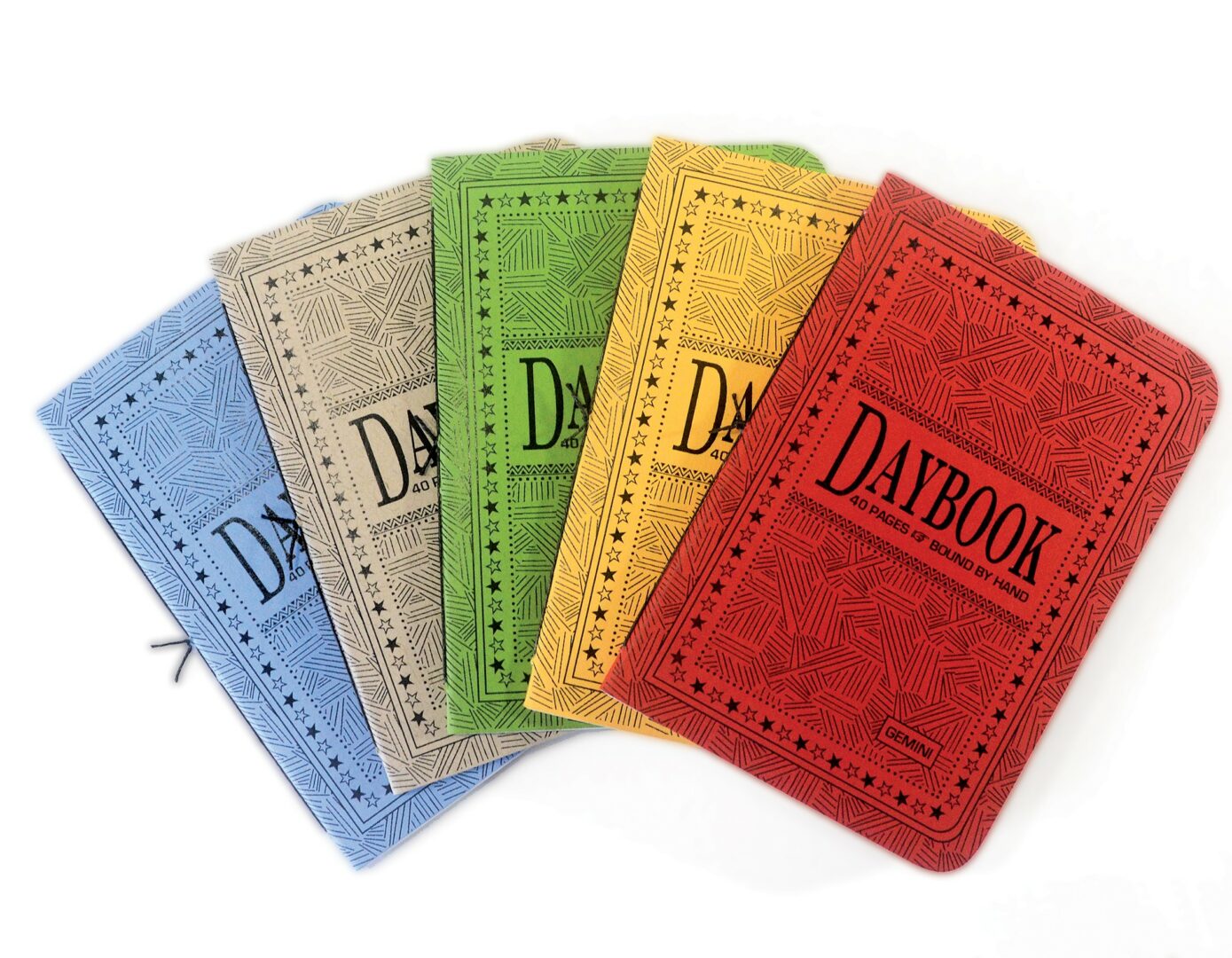
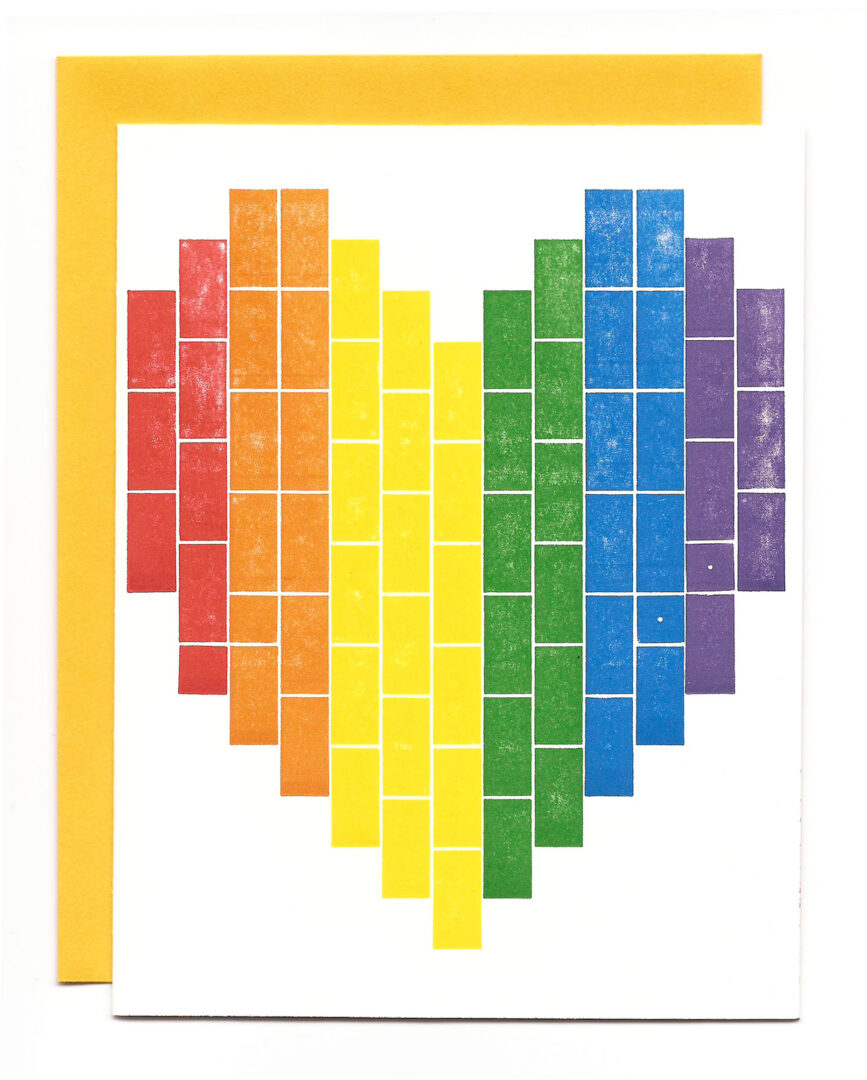
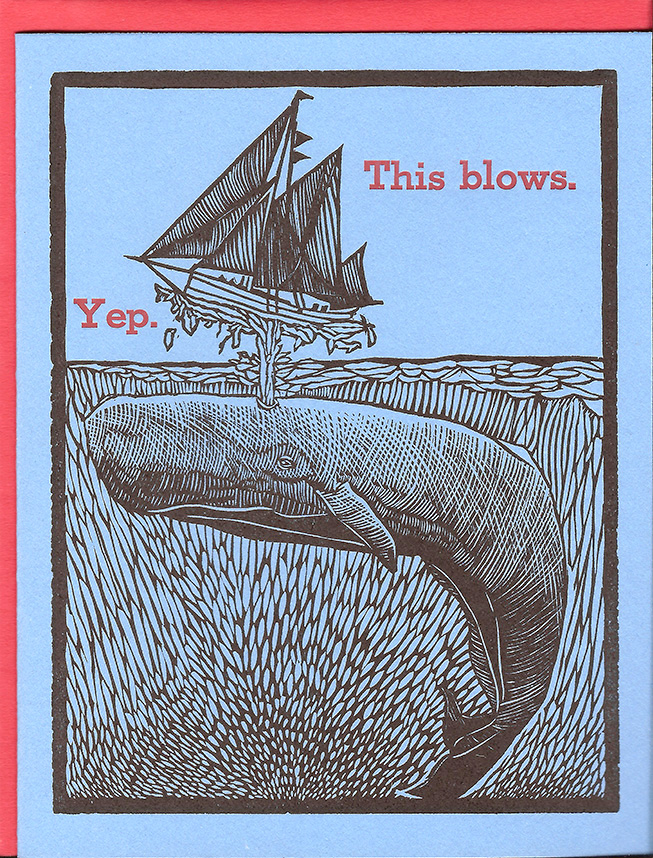
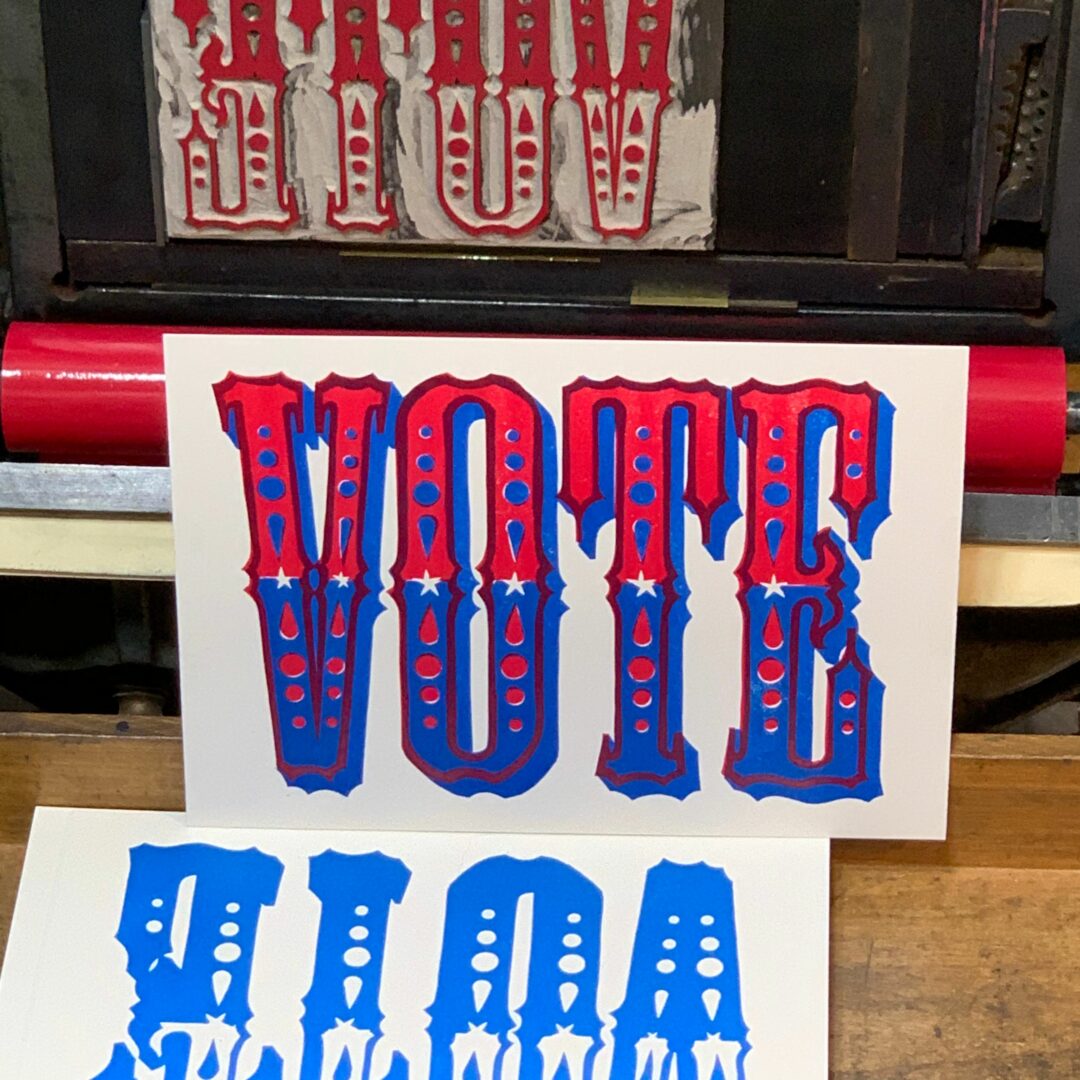
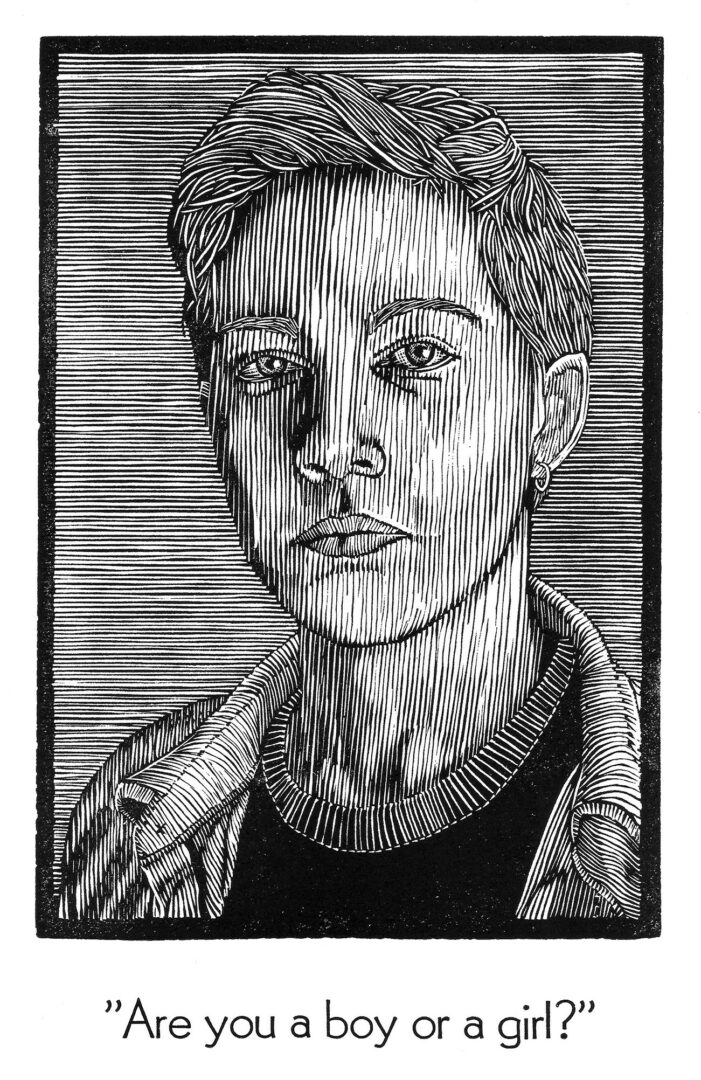
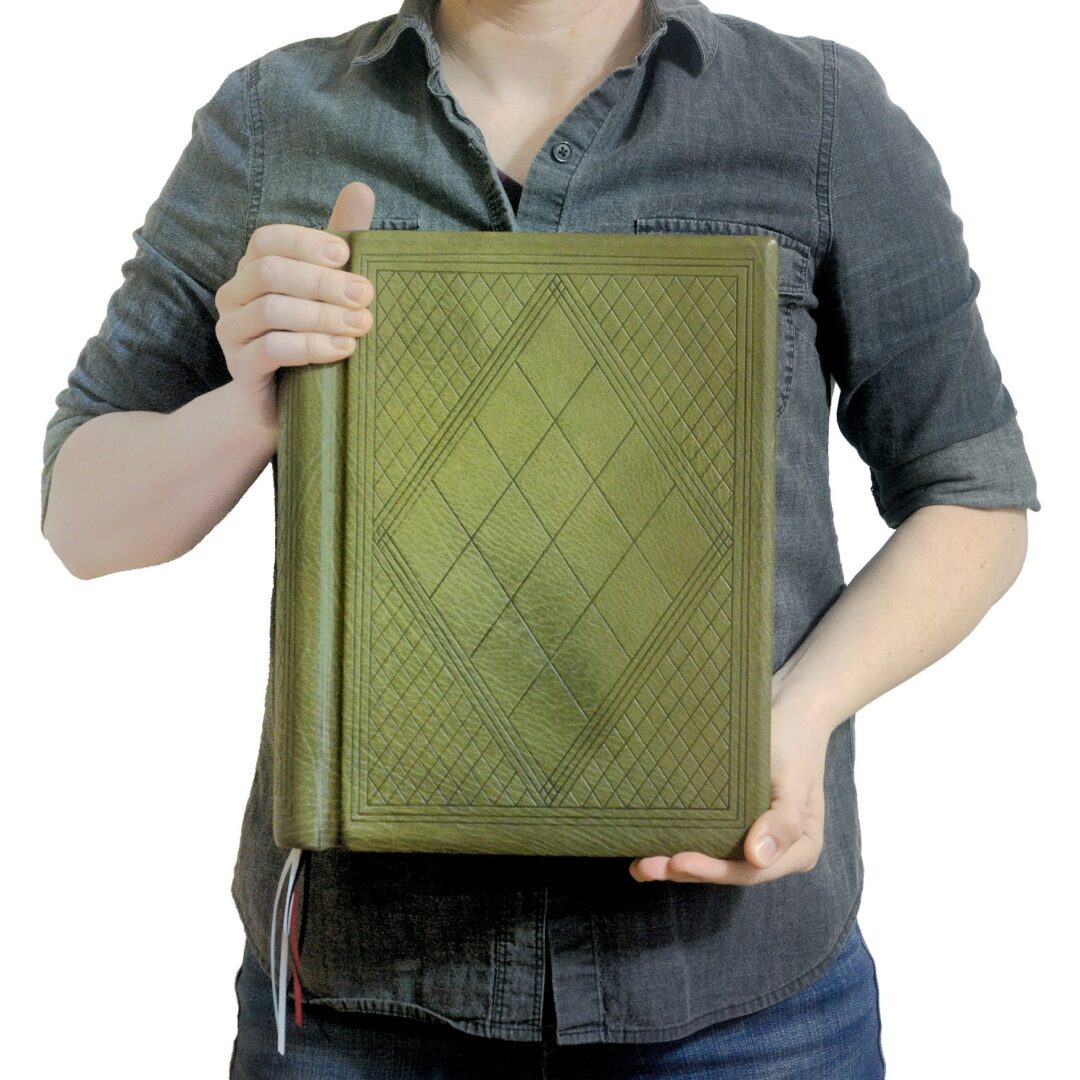
Image Credits
Mary Louise Sullivan
so if you or someone you know deserves recognition please let us know here.

